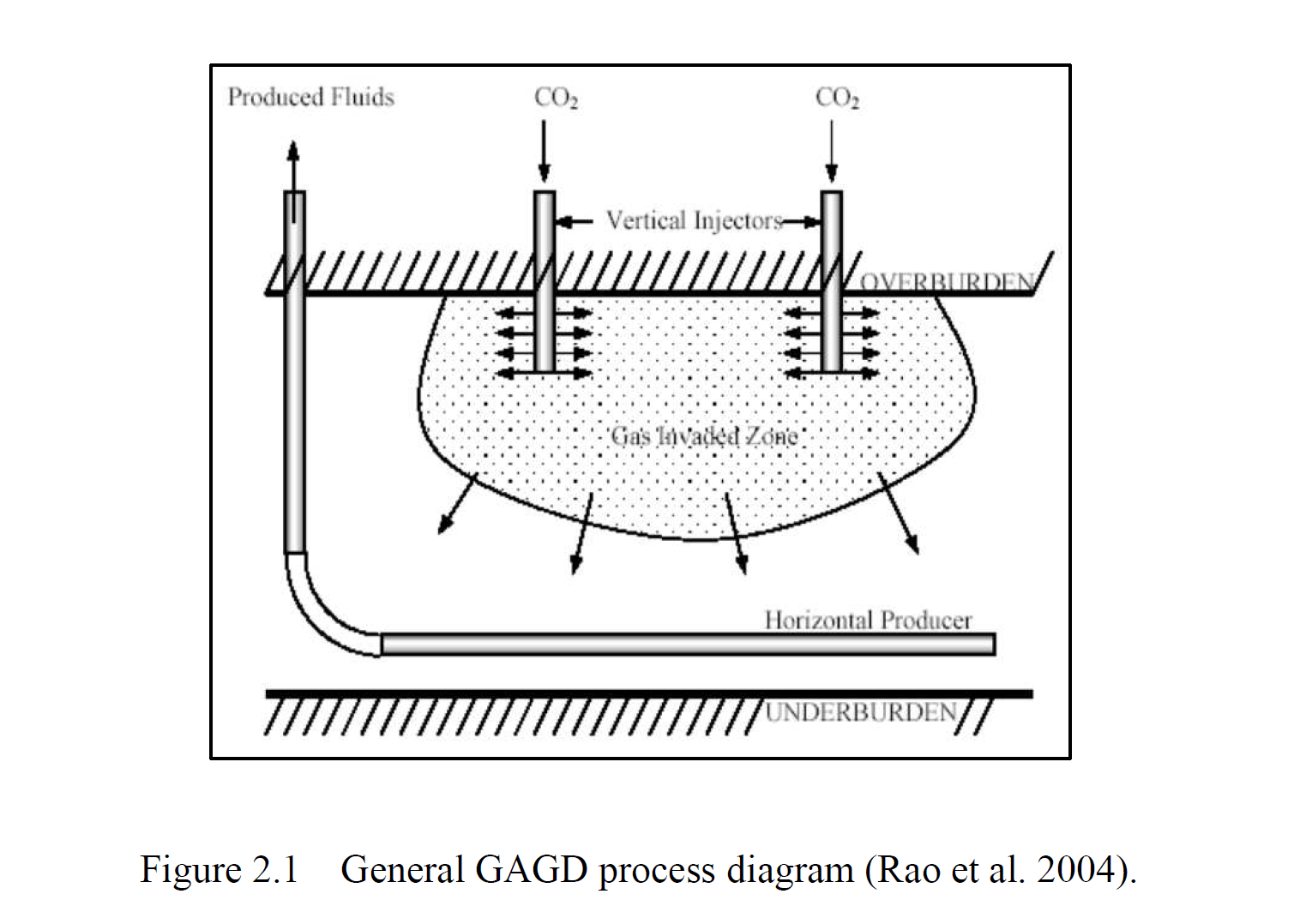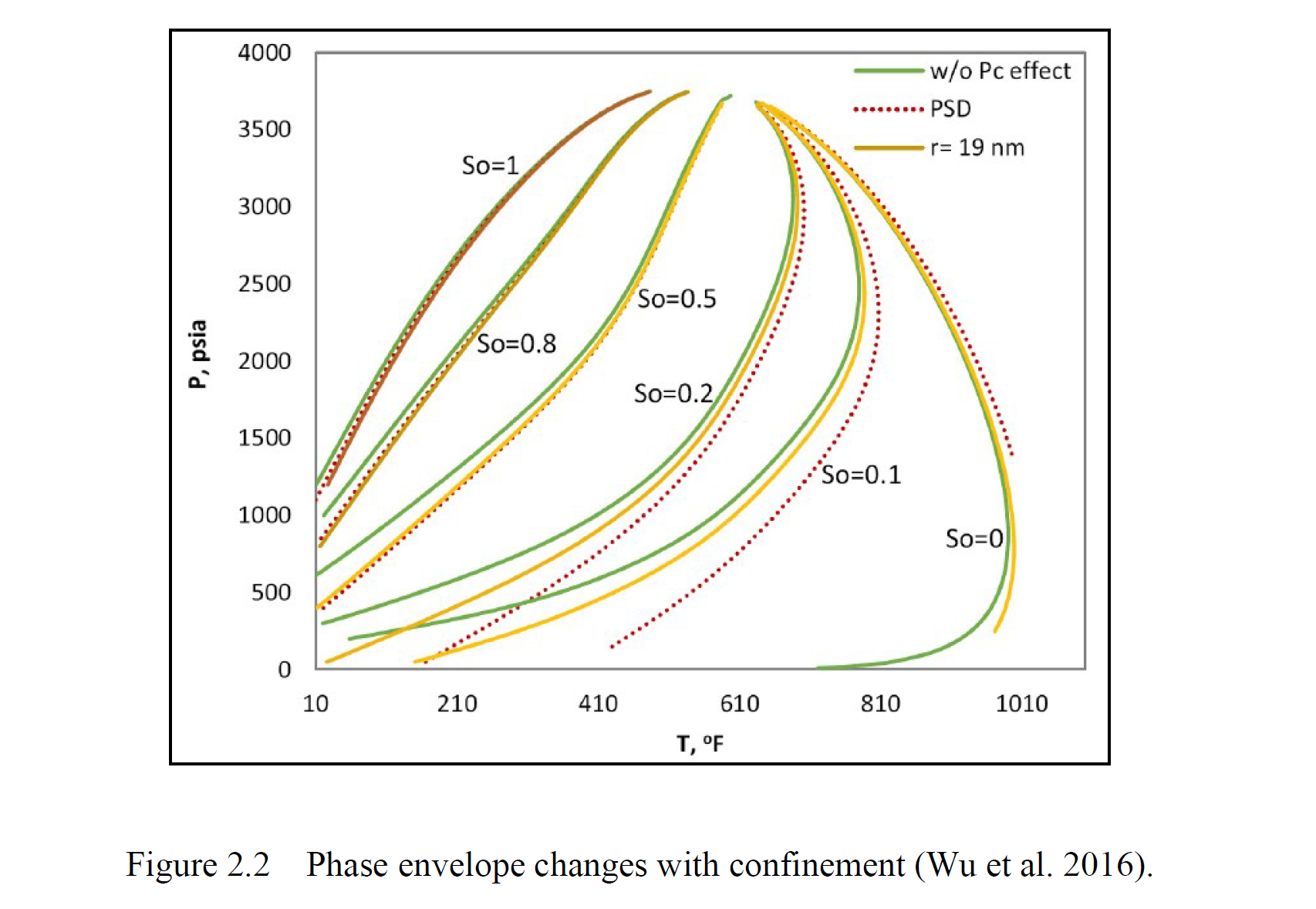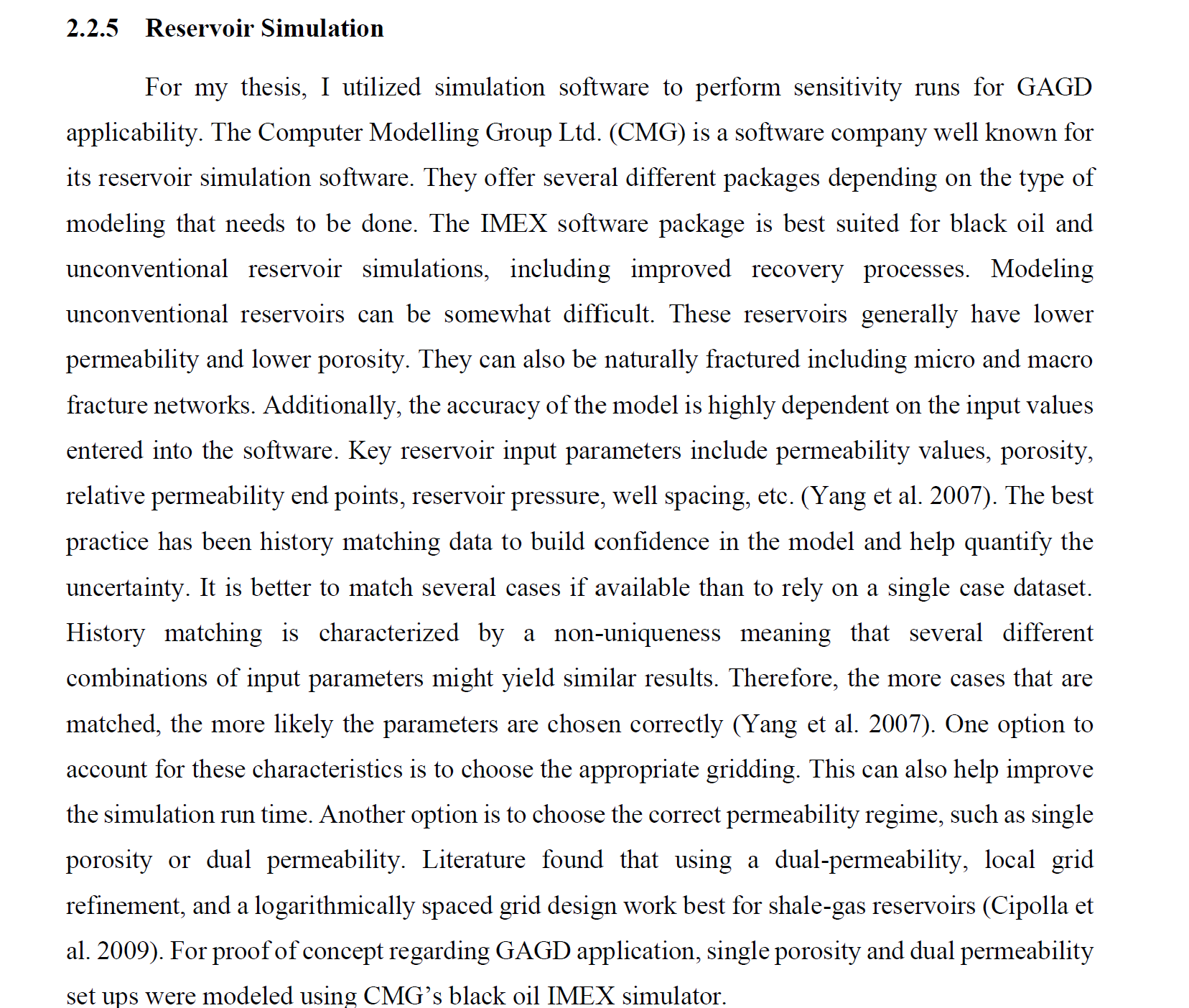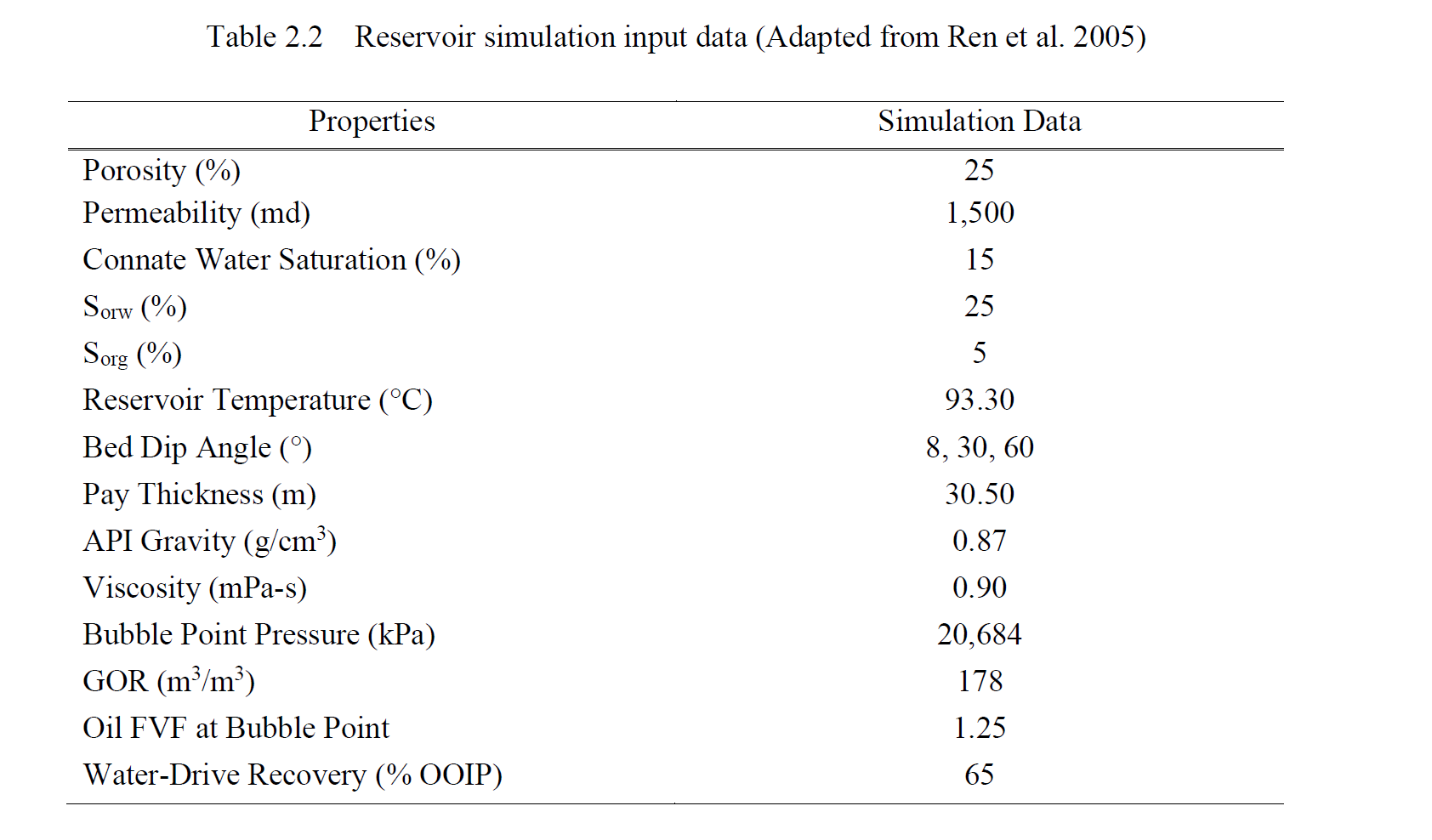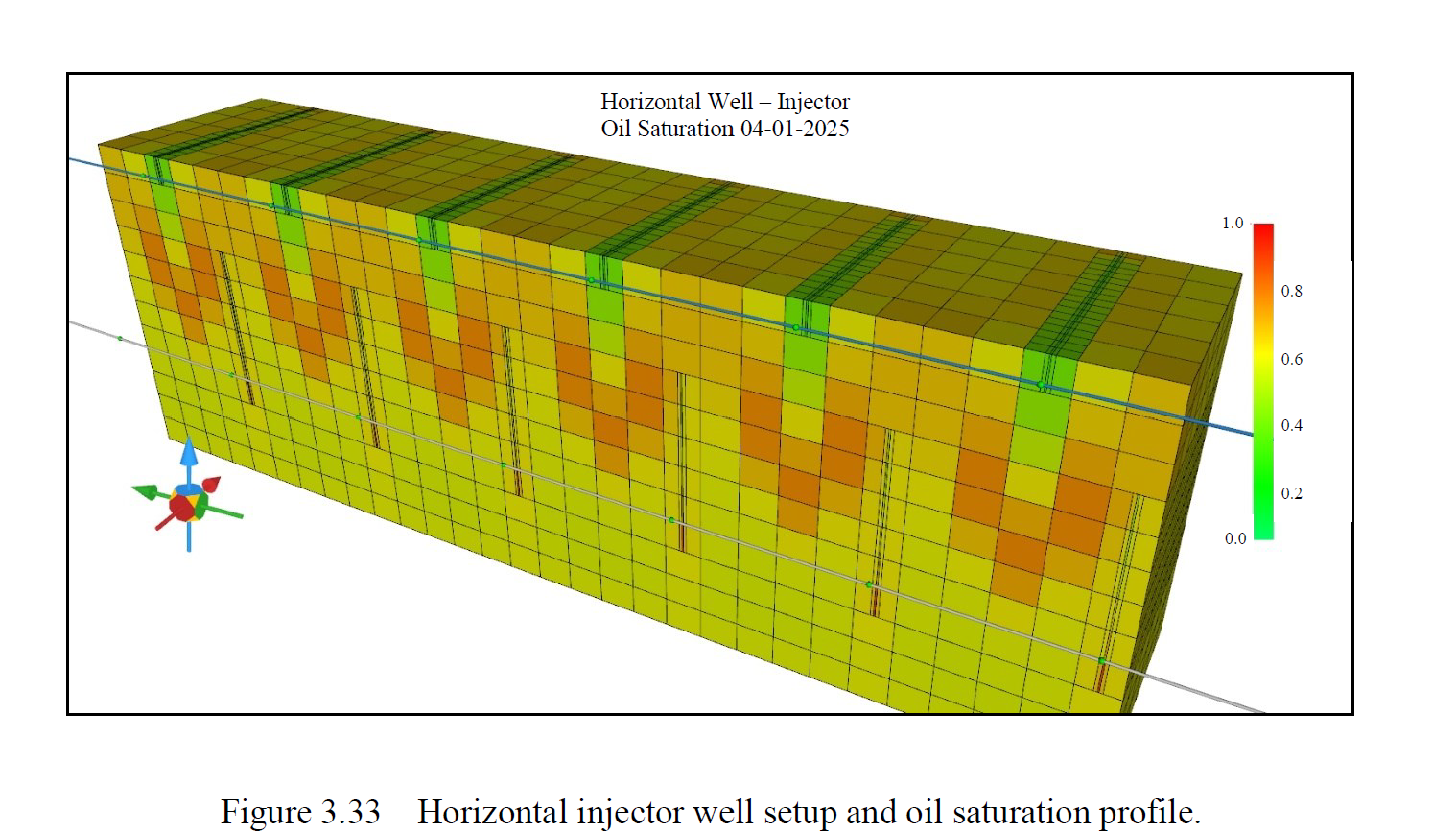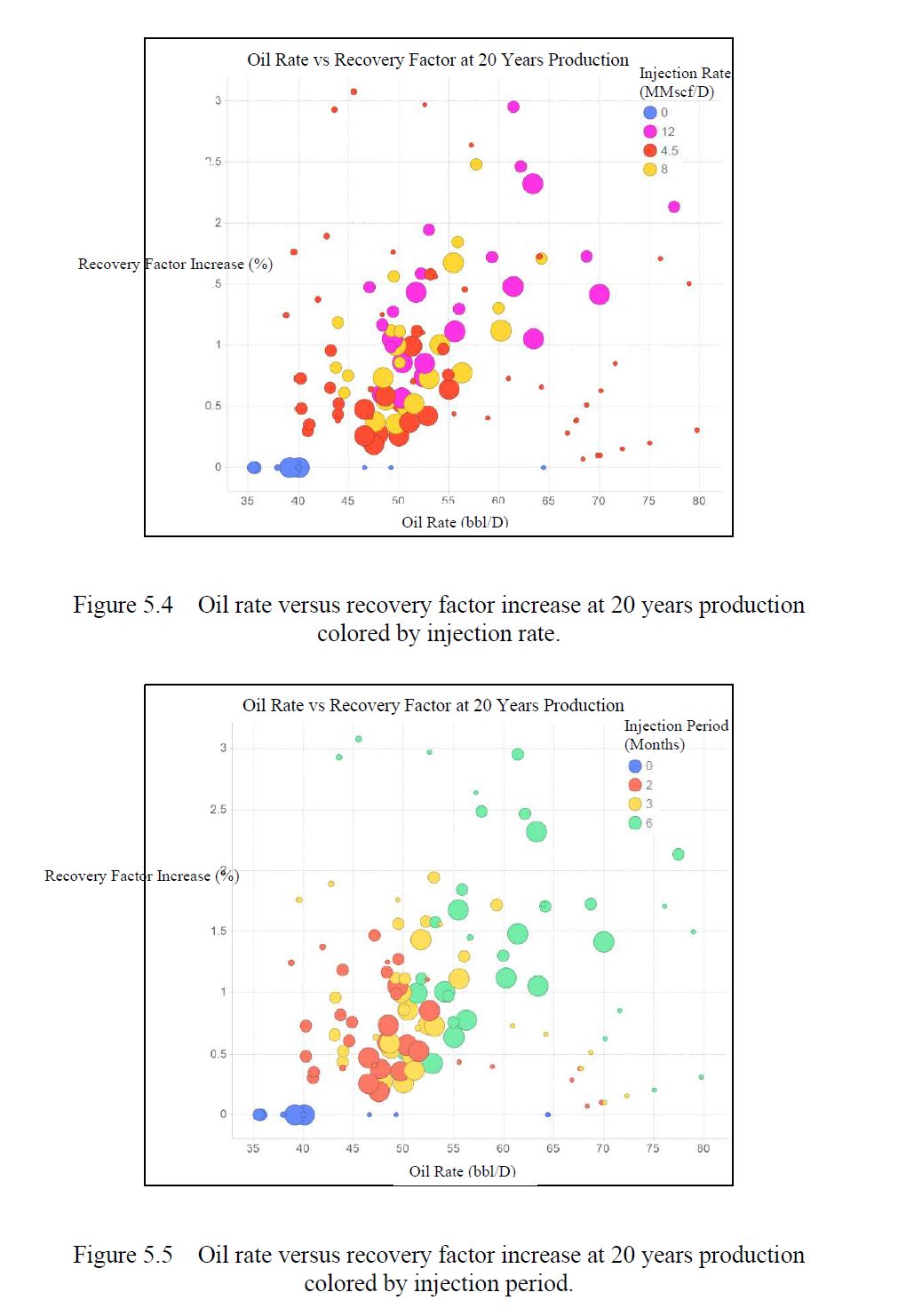MODELING OF GAS-ASSISTED GRAVITY DRAINAGE METHOD FOR TIGHT OIL UNCONVENTIONAL RESERVOIRS
非常规油藏的低渗透率和低孔隙度导致原油采收量仅占储量的一小部分。目前,研究人员正在探索并应用多种方法,以提高这些油藏的原油采收率。
一种取得巨大成功的方法是气体辅助重力泄油技术,在常规油藏中已被证明有效。这种方法中,气体被注入到油藏顶部,推动油向水平生产井。随着油藏压力减少,更多的气体从溶液中释放出来形成气顶,增加了这种现象。
然而,成功应用于致密地层则面临着许多具体挑战需要克服。为评估这种技术对致密油藏的影响,这篇论文使用了油藏模拟。作者将重点放在了准备一个类似于鹰福德地层的致密油藏,并用作敏感性分析的基本模型。作者制定了一个敏感性矩阵,系统地测试了预计对原油采收率影响最大的不同变量。
随后,作者对单孔隙度和双渗透率模型进行了敏感性分析,以比较在考虑自然裂缝地层时的结果。模拟的结果确定了一些趋势,可以作为适用于气体辅助重力泄油的油藏的筛选标准。除了定性分析工作,结果还提供了增加采收率的定量数据。气体辅助重力泄油应用使得基础采收率值分别增加了单孔隙度模型的3.6%和双渗透率模型的5.6%。
Abstract
Oil recovery from unconventional reservoirs with low porosity and tight permeability is only a fraction of the total volume in place. Several improved and enhanced methods are being researched and applied to increase the oil recovery factor from these reservoirs. Gas-assisted gravity drainage is a gas injection technique that has shown great success in conventional reservoirs. For this method, gas is injected into the top of the reservoir to push oil downward towards a horizontal producing well. As the reservoir depletes in pressure, more gas comes out of solution to form a gas cap and increase this phenomenon. There are many challenges specific to tight formations to overcome for this method to be successful. This thesis uses reservoir simulation modeling to evaluate the impact this technique would have in tight oil reservoirs.
The focus for my work included preparing a tight oil reservoir which resembled the Eagle Ford Formation to use as a base model for sensitivity analysis. I developed a sensitivity matrix to systematically test different variables which were expected to have the most impact on oil recovery factor. I then performed my sensitivity analysis on both single porosity and dual permeability models to compare results when considering naturally fractured formations. Results for this modeling work identified several trends which can be used as screening criteria for reservoirs where gas-assisted gravity drainage is applicable. In addition to the qualitative analysis work, the results provided quantitative data for increased recovery factors. The gas-assisted gravity drainage application increased the base recovery factor values up to 3.6% and 5.6% for single porosity and dual permeability models respectively.
模型文件下载
